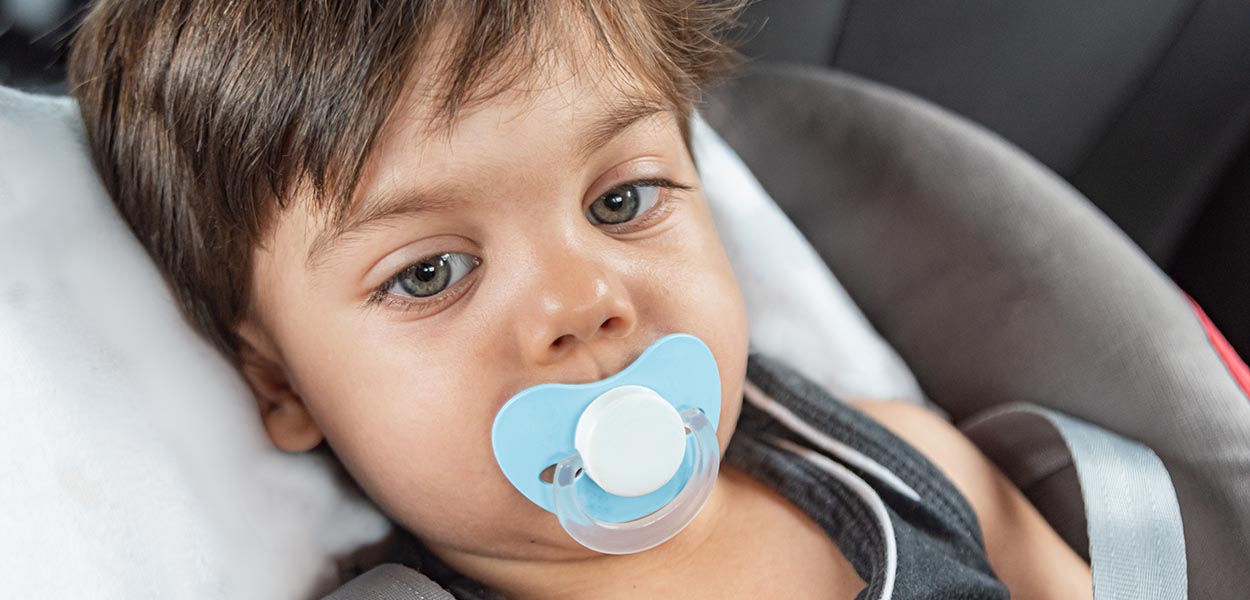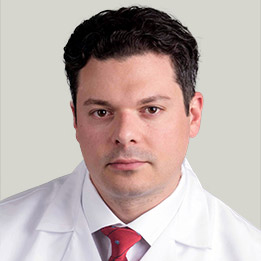Can Pacifier Really Damage My Child’s Mouth?

Kenilworth, IL – When it comes to raising children, there are many old wive’s tales, and books, blogs and advice so numerous it can make your head spin. It can be hard to know what is opinion versus what is fact. But when it comes to your child’s smile, there is one thing that is true – using a pacifier too long can, in fact, wreak havoc on your child’s smile.
“Pacifiers are often a source of comfort for babies, but as the child grows and the teeth develop, continued use of a pacifier can spell trouble,” says Chicago-area orthodontist Dr. Michael Stosich. “Pacifiers should not be used past the age of two, and parents should pay close attention to other habits that could be harmful to a child’s smile.”
So, if your child just can’t seem to shake that pacifier habit, what could you be looking at?
- Sucking on a pacifier can interfere with the proper growth and development of the mouth. Up until the age of two, the development of the bone in the mouth is still forming and can be corrected within a period of a few months. After the age of two, however, that becomes more difficult.
- Sucking on a pacifier, thumb, or finger can alter the shape of the roof of the mouth. This can then cause issues with how the mouth closes, as well as speech development.
- Sucking on a pacifier, thumb, or finger can negatively alter a child’s bite, causing misalignment which will result in the need for orthodontic treatment.
“One of the most common things we see from extended pacifier use, or thumb or finger sucking, is an open bite,” says Dr. Stosich. “This means the back teeth touch, but the front teeth do not. And if your child continues pacifier use far past age two, it could hinder the baby teeth falling out and the emergence of the permanent teeth.”
Pacifier use, finger and thumb sucking are not the only habits parents should pay close attention too, though. Using a bottle for too long can have the same effect as pacifier use. Children should begin using a sippy cup by age one, and by age two should begin transitioning to regular cups.
Tongue thrusting can also cause damage to a child’s smile. Tongue thrusting is when you push your tongue forward between your upper and lower teeth when you swallow. In a typical mouth, the tongue pushes against the gums above the upper front teeth when swallowing. And this habit can also lead to an open bite that will require orthodontic intervention.
“The best thing a parent can do for their child’s smile is to remove pacifiers early enough that the mouth can naturally re-form, thereby reducing the need for an orthodontic intervention,” says Dr. Stosich. “But, we know that breaking the habit of sucking can be hard, and sometimes once a pacifier is removed, it is replaced by a thumb or finger. In these instances, there are orthodontic appliances that can assist by discouraging the habit and ensuring the tongue stays in proper position.”
Habit appliances can be used to prevent the child from sucking on the thumb and to prevent tongue thrusting. But often times, parents may not be aware that their child has a tongue thrust. Things to look for include:
- Thumb sucking
- The type of bottle used
- Mouth breathing
- A large tongue
- The angle of the jaw
“If you believe your child may have tongue thrust, an orthodontist can help curb the habit to prevent misalignment of the child’s bite,” says Dr. Stosich. “As with any habit, stopping it as soon as possible will help prevent prolonged issues that can damage the smile.”
If you believe your child may have a bite that has been negatively affected by pacifier use, thumb sucking, or tongue thrust, contact Dr. Stosich today at 847.548.4200.


